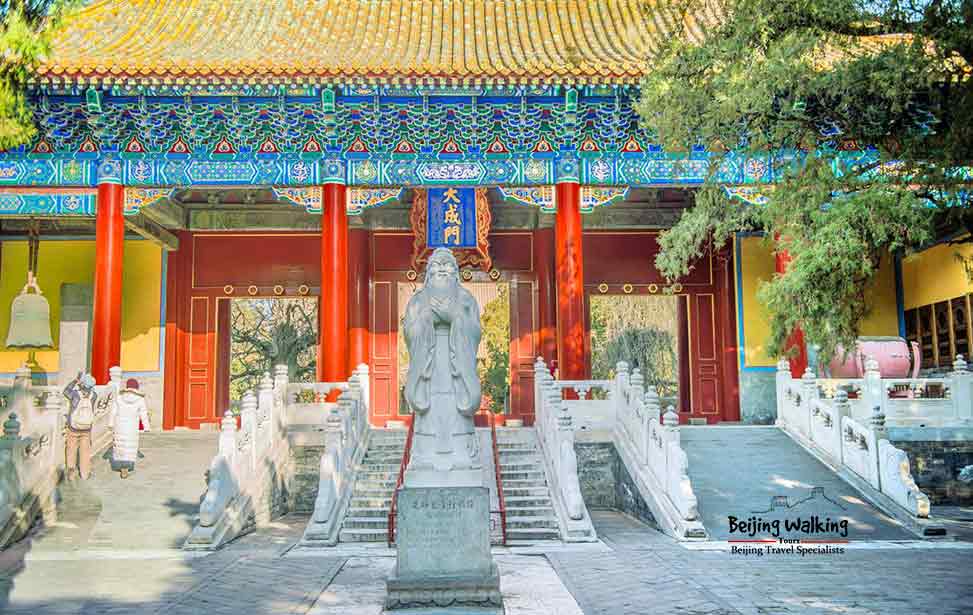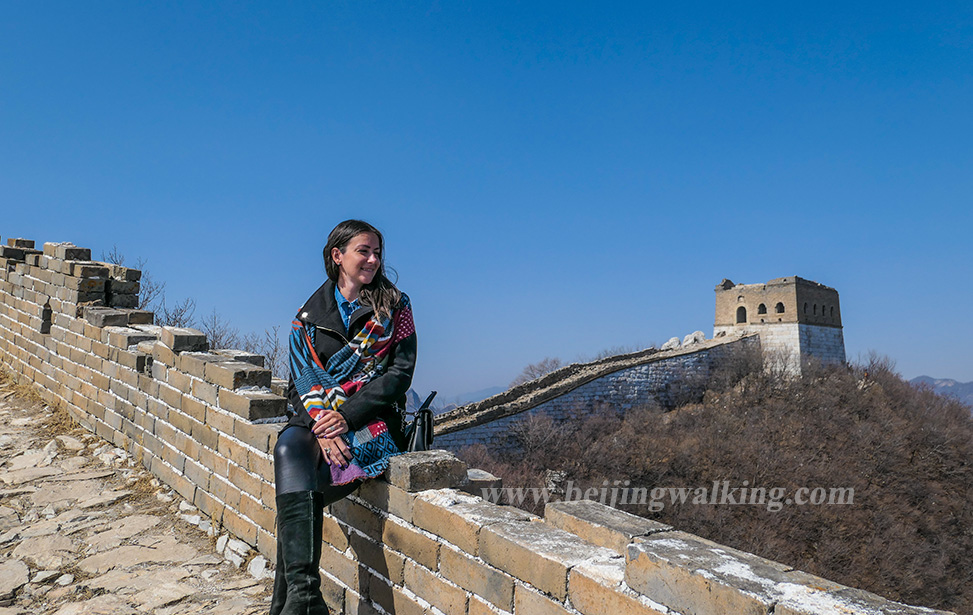Unlocking the Secrets of Beijing Confucius Temple

The Temple of Confucius in Beijing, also known as the Beijing Confucius Temple, is a significant cultural and historical site that attracts visitors worldwide. As one of the largest Confucius temples in China, it is a tribute to the renowned philosopher Confucius.
Open Time and Tickets
9:00-17:00 (Last admission at 16:30, closed at 17:00) Closed every Monday throughout the year (except during holidays)
Address: No. 15 Guozi Jian Street, Andingmennei, Dongcheng District 北京市东城区安定门内国子监街15号
Ticket Price: 30 yuan/adult
How to buy the tickets?
Individual visitors can purchase tickets through the WeChat official account of the Confucius Temple and Guozijian Museum under the “Ticketing Service”(孔庙和国子监博物馆微信公众号“票务服务”) option or purchase tickets on-site at the museum ticket window. Tickets can be purchased for any day within the next 7 days (ticket date updated at 19:00). Each ID card can only purchase tickets once daily; each mobile phone number can fill in ticket information for up to 10 people. The deadline for online and offline ticket purchases on the same day is 16:30.
How to Get to Beijing Confucius Temple?
By Subway: Take Line 2 or 5 to Lama Temple Station (Yonghegong). From there, it is a short walk to the temple.
By Bus: Several bus routes pass near Beijing Confucius Temple, including bus numbers 13, 116, 684, 807, and 858. Check the local bus schedule and find a stop near your location that connects to one of these routes.
By Taxi: Taxis are readily available in Beijing. Provide the driver’s address of Beijing Confucius Temple (No. 15 Guozi Jian Street, Andingmennei, Dongcheng District). 孔庙和国子监博物馆
History and Significance of the Temple of Confucius
The Temple of Confucius in Beijing has a rich history dating back to the Yuan Dynasty in the 13th century. It was initially built to honor Confucius, the great Chinese philosopher and educator, and served as an imperial place of worship. Throughout the centuries, the temple underwent several renovations and expansions, reflecting the importance and reverence given to Confucius and his teachings. Today, the temple symbolizes Confucianism, a philosophy profoundly influencing Chinese culture and society.
Exploring the Architecture and Layout of the Temple Complex
The architecture of the Temple of Confucius is a remarkable blend of traditional Chinese design and imperial grandeur. The complex is divided into three main sections: the front gate, the main hall, and the rear courtyard. As you enter through the front gate, you will be greeted by a magnificent archway adorned with intricate carvings. The main hall, known as Dacheng Hall, is the heart of the temple and houses the statue of Confucius. The rear courtyard features beautiful gardens, pavilions, and stone tablets engraved with the names of scholars who passed the imperial examination. Exploring the temple complex provides a glimpse into the architectural splendor of ancient China.
Must-See Attractions within the Temple of Confucius
Dacheng Hall 大成殿: The main hall of Beijing Confucius Temple, Dacheng Hall, is the largest and most important building. It houses a statue of Confucius and is where important ceremonies and rituals occur.
Stone Tablets and Steles文物陈列馆: The temple complex is adorned with numerous stone tablets and steles inscribed with Confucian teachings, poetry, and historical records. These ancient artifacts provide insight into Chinese history and culture.
Xianshi Gate先师门: As the entrance to the temple, Xianshi Gate is an impressive structure with intricate architectural detailing. It symbolizes respect and reverence for Confucius and marks the transition from the outside world into the temple’s sacred space.
Lingxing Gate灵兴门: Also known as the “Gate of Divine Prowess,” Lingxing Gate is a beautifully decorated gateway leading to the temple’s inner courtyard. It features colorful paintings and intricate woodwork, showcasing traditional Chinese craftsmanship.
The Scholar’s Courtyard 文人雅庭: Located behind Dacheng Hall, the Scholar’s Courtyard is a peaceful garden where scholars and students gather and study Confucian texts. It provides a serene atmosphere for reflection and contemplation.
Best Time to Visit the Temple of Confucius
The best time to visit the Temple of Confucius in Beijing is spring and autumn, when the weather is mild and pleasant. These seasons offer a beautiful backdrop of blooming flowers and colorful foliage, enhancing the overall experience. However, it is worth noting that the temple can get crowded during national holidays and weekends. If you prefer a quieter visit, consider going on a weekday or early morning.
Nearby Attractions and Activities in Beijing
While exploring the Temple of Confucius, you can also take the opportunity to visit other nearby attractions in Beijing. Just a short distance away is the Lama Temple. And the nearby Hutongs, traditional narrow alleyways, and glimpses of old Beijing and its vibrant culture.
Cultural Events and Festivals at the Temple of Confucius
The Temple of Confucius hosts various cultural events and festivals yearly, celebrating Chinese traditions and heritage. One of the most significant events is the Confucius Memorial Ceremony, held annually on September 28th. Traditional rituals and performances take place during this ceremony to pay homage to Confucius. Other festivals, such as the Lantern and Spring Festival, bring the temple to life with vibrant decorations, music, and dance. Attending these events gives visitors a deeper understanding of Chinese culture and the enduring influence of Confucianism.
The Temple of Confucius in Beijing offers a fascinating journey into the heart of Chinese culture and history. From its stunning architecture to its serene gardens, every corner of the temple complex tells a story that spans centuries. By following this comprehensive travel guide, you will be well-prepared to unlock the secrets of the Temple of Confucius and create memories that will last a lifetime.






